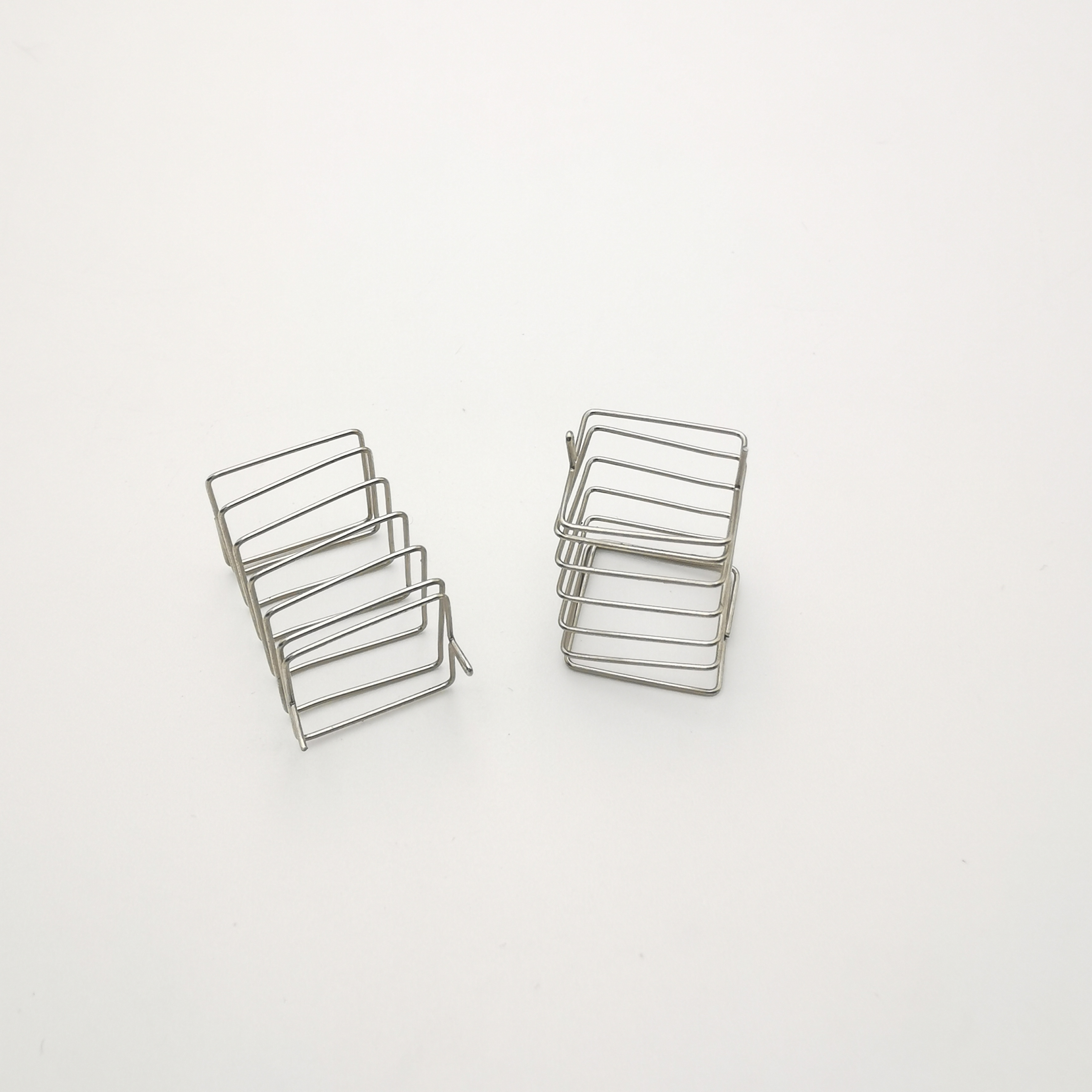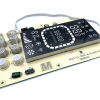
Unlocking the Secrets of the Spring Touch Key
In the ever-evolving landscape of technology, the Spring Touch Key has emerged as a pivotal component, revolutionizing the way we interact with our devices. This article delves into the depths of this innovation, exploring its origins, intricacies, applications, and the delicate balance it strikes between tactile satisfaction and digital efficiency.
Evolution of Input Mechanisms
Historical Overview
Keyboards have long been the go-to input method, offering a tangible connection between the user and the machine. However, as technology progressed, touchscreens with capacitive sensors took the stage, ushering in a new era of sleek designs and intuitive interfaces.
Emergence of the Spring Touch Key
Recent technological advances have paved the way for the integration of the Spring Touch Key, a hybrid marvel that combines the familiarity of physical keys with the responsiveness of touch. This evolution is not merely a cosmetic upgrade but a substantial leap in user experience.
Anatomy of a Spring Touch Key
Spring Mechanism
At the heart of this innovation lies the intricate spring mechanism. A detailed analysis reveals a system designed to provide users with a tactile experience akin to traditional keyboards, creating a symbiosis of the old and the new. The functionality of the spring touch key is finely tuned, offering users a responsive and satisfying input method.
Sensor Integration
Complementing the spring mechanism is the integration of capacitive sensor technology. This not only detects touch but ensures the sensitivity is adjustable, catering to the diverse preferences of users. The delicate dance between the spring and sensor is what makes the spring touch key a nuanced input solution.
Applications Across Industries
Mobile Devices
In the realm of mobile devices, the spring touch key finds its home in smartphones and tablets. The tactile feedback enhances the typing experience, striking a balance between the convenience of touchscreens and the satisfaction of physical keys. Additionally, gaming consoles leverage this technology for responsive controls, providing gamers with a tactile advantage.
Automotive Sector
Beyond the handheld, the automotive sector embraces the spring touch key for infotainment systems and control panels. Drivers and passengers benefit from a tactile interface that ensures precise inputs, adding a layer of sophistication to in-car technology.
Advantages and Challenges
Enhanced Tactile Feedback
The primary advantage lies in the enhanced tactile feedback, offering users a typing experience that mimics traditional keyboards. The precision in input is unparalleled, providing a level of satisfaction crucial for user engagement.
Overcoming Challenges
Yet, as with any innovation, challenges exist. Sensitivity calibration becomes paramount to ensure a seamless experience, and concerns regarding durability must be addressed. The delicate balance between sensitivity and robustness is a challenge the spring touch key industry continues to refine.
Conclusion
The spring touch key represents a harmonious fusion of tradition and innovation, a testament to the relentless pursuit of improving user interaction with technology. As this technology continues to advance, we can expect even more seamless and satisfying experiences in the digital realm.







